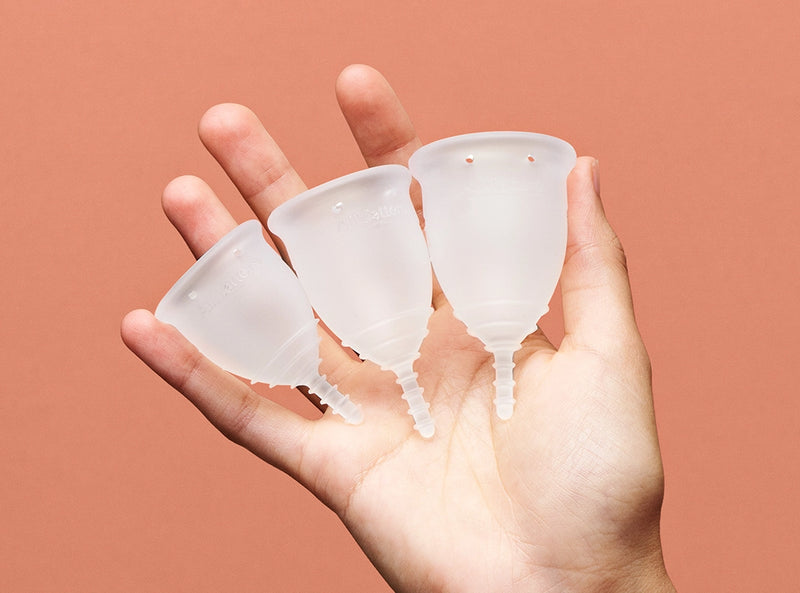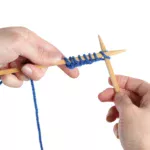Menstrual cups have gained popularity as a sustainable and cost-effective alternative to traditional menstrual products like pads and tampons. This guide is crafted to provide comprehensive information on how to use a menstrual cup, ensuring a comfortable and effective experience. Whether you are considering switching to a menstrual cup or looking for tips to enhance your current usage, this article will equip you with the necessary insights and techniques.
Understanding Menstrual Cups
A menstrual cup is a reusable feminine hygiene product made from medical-grade silicone, rubber, or latex. It is designed to be inserted into the vagina during menstruation to collect menstrual fluid. Unlike tampons and pads, the cup does not absorb the blood but collects it, which can then be disposed of. This makes the cup a more eco-friendly option, as it generates less waste compared to disposable products.
The design of menstrual cups allows them to hold more blood than other forms of menstrual protection, offering up to 12 hours of protection, depending on the flow. This extended duration makes them particularly advantageous for active users or those with a heavy flow. Additionally, since menstrual cups collect rather than absorb blood, they are associated with a lower risk of Toxic Shock Syndrome (TSS), a rare but serious condition linked to tampon use.
The cost-effectiveness of menstrual cups is also notable. Though the initial investment is higher than a pack of tampons or pads, one cup can last for several years with proper care. This can lead to significant savings over time, not to mention the convenience of not needing to purchase menstrual products monthly.
Choosing the Right Menstrual Cup
Choosing the right menstrual cup is crucial for comfort and effectiveness. Cups come in various sizes, usually small and large, and factors such as age, flow level, and whether one has given birth vaginally can influence the best fit. Most brands provide a size chart to help select the appropriate cup. Additionally, the firmness of a cup can vary, with some users preferring a firmer cup for easier placement, while others may find a softer cup to be more comfortable.
It is essential to consider the material of the menstrual cup. Those with latex allergies should avoid cups made from latex. Silicone and thermoplastic elastomer (TPE) are common alternatives that are hypoallergenic. Furthermore, transparency in manufacturing processes is vital. Opting for cups that are FDA-approved or have similar certifications can ensure the product is safe and free from harmful chemicals.
Lastly, personal preference in the handling of the cup, such as the type of stem, can affect the user experience. Some cups come with a ring stem, others with a traditional stem, and some are even stemless. Trying different cups can help determine which features suit your body and lifestyle best.
How to Insert and Wear a Menstrual Cup
To effectively use a menstrual cup, proper insertion is key. Begin by washing your hands thoroughly to prevent introducing bacteria into the vaginal area. Then, apply water or a water-based lubricant to the rim of the cup to facilitate smoother insertion. Fold the cup using one of several methods—such as the C fold or punch-down fold—which makes the diameter of the cup smaller and easier to insert.
Find a comfortable position, like squatting or sitting on the toilet, and relax your muscles. Gently separate the labia with one hand and insert the folded cup into the vagina, tilting it back toward the tailbone. Ensure the cup is positioned a few inches below the cervix. Once the cup is in place, rotate it slightly to help it open fully and create a seal. This seal prevents leaks and secures the cup in place.
Wearing a menstrual cup can feel strange at first, but most users adjust quickly. The cup should not be felt if inserted correctly, and you can engage in daily activities, including exercise, without discomfort or leaks. Depending on your menstrual flow, the cup can be worn for up to 12 hours. For heavier flows, it may need to be emptied more frequently.
Removing and Cleaning the Menstrual Cup
Removing a menstrual cup is straightforward but requires some practice to perfect. Start by washing your hands thoroughly. Assume a comfortable position and relax your pelvic muscles. With your thumb and index finger, gently pinch the base of the cup—not the stem—to break the seal. If you have difficulty reaching the base, gently pull the stem until you can reach the base.
Once the seal is broken, slowly pull the cup out, keeping it upright to avoid spilling. Empty the contents into the toilet and rinse the cup with water. If you’re in a public restroom, you can use toilet paper or a wet wipe to clean the cup temporarily, but you should thoroughly wash it with mild soap and water at the next convenient time.
It’s important to clean the menstrual cup thoroughly between cycles. Boil the cup in water for 5-10 minutes to sterilize it before storing it in a breathable container or cotton bag. Proper maintenance not only ensures the longevity of the cup but also maintains vaginal health.
Troubleshooting Common Issues
While using a menstrual cup is generally straightforward, new users might face some common issues. If you experience leakage, ensure that the cup is fully open and creating a seal. Rotating the cup or running a finger around it can help adjust the position. If discomfort occurs, try a different folding method or position during insertion, or consider switching to a different cup size or firmness.
Sometimes, removing the cup can be challenging, especially if the seal is strong. Remember to stay calm and avoid pulling hard on the stem, as this can cause discomfort. Pinching the base to release the seal gently is usually effective. Additionally, if you notice any odor coming from the cup, a thorough cleaning is typically sufficient to address this. However, if the odor persists, it may be time to replace the cup.
In summary, the transition to using a menstrual cup might come with a learning curve, but with practice, it becomes a simple and rewarding process. The benefits of using a menstrual cup, from environmental impact to cost savings and convenience, are substantial. With the proper knowledge and techniques, you can make the switch confidently and contribute to a healthier planet.









